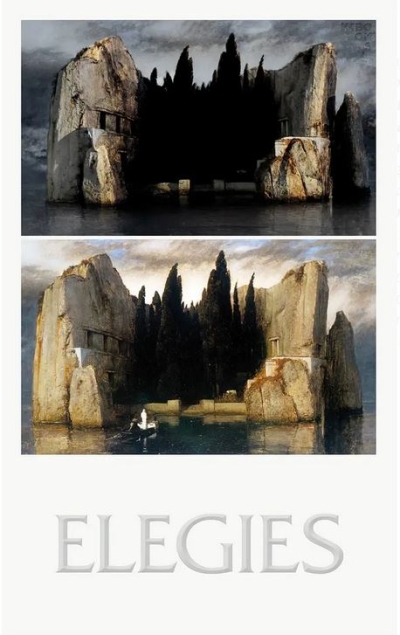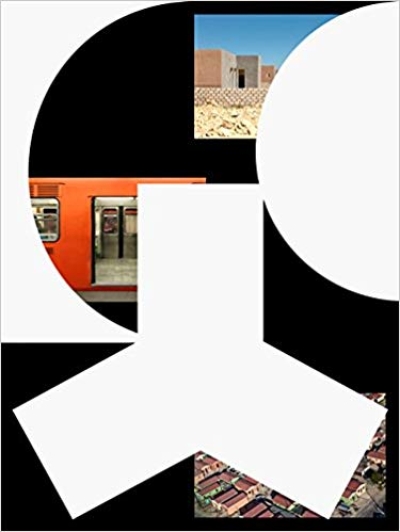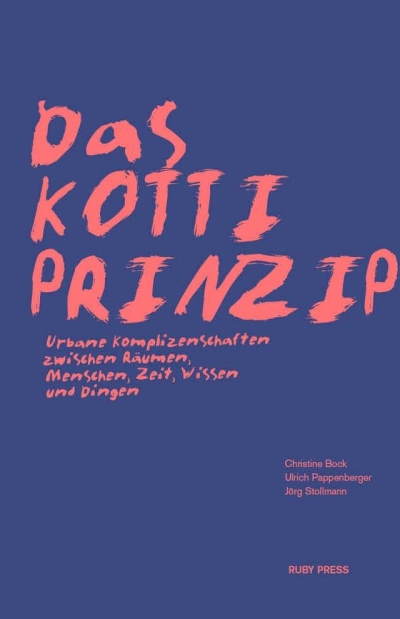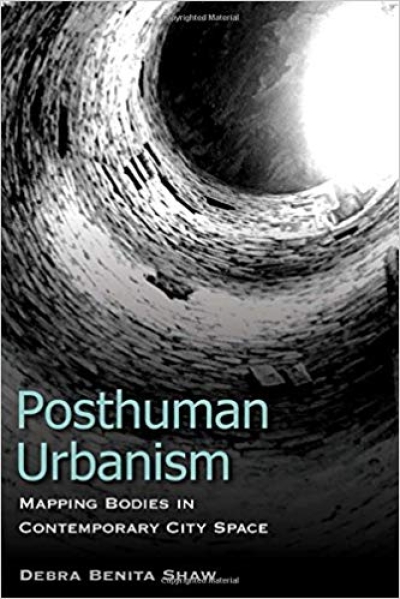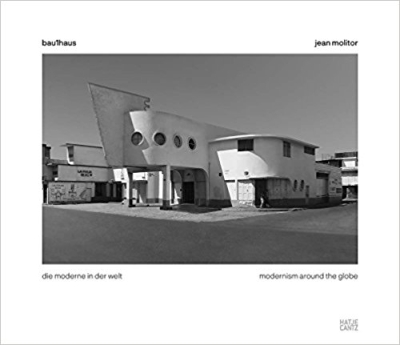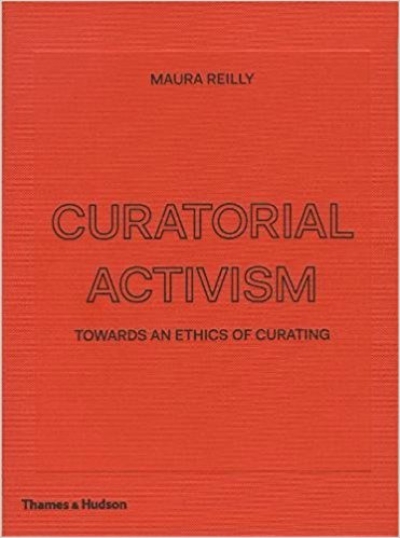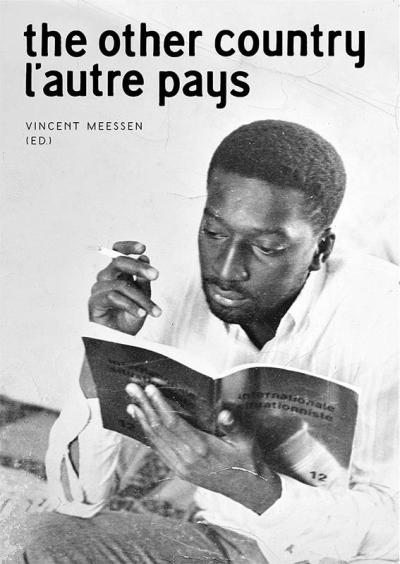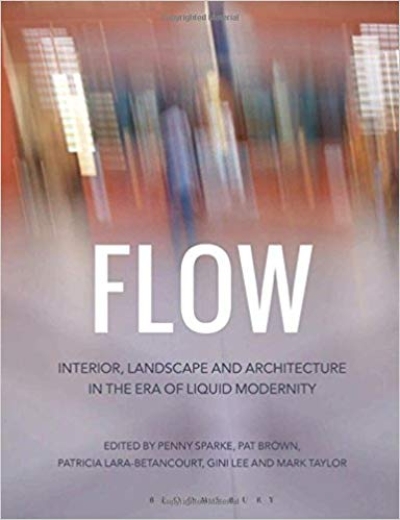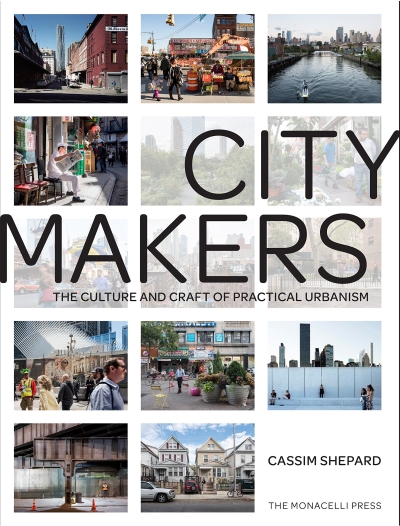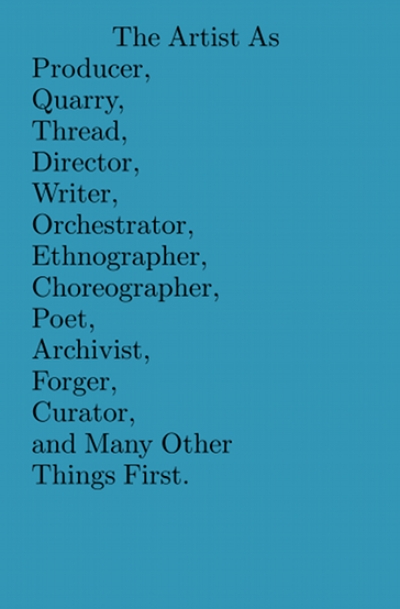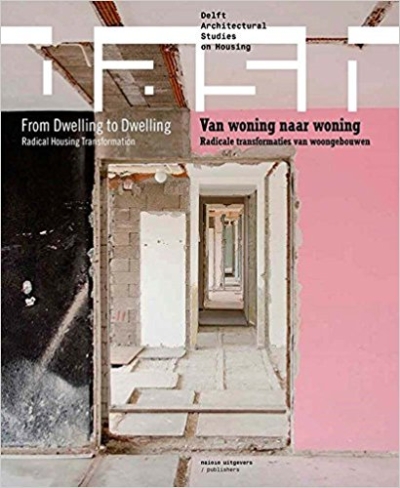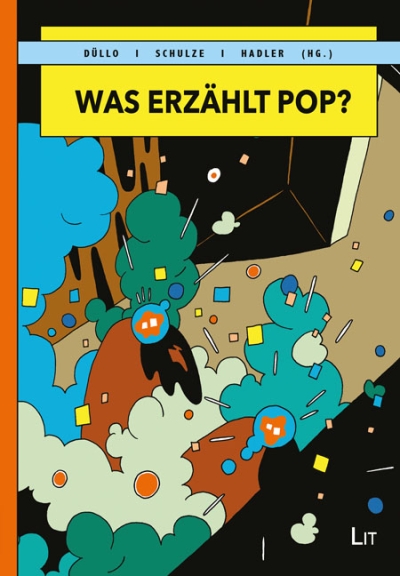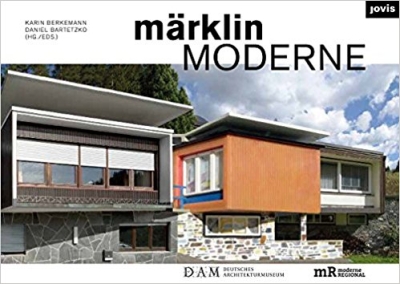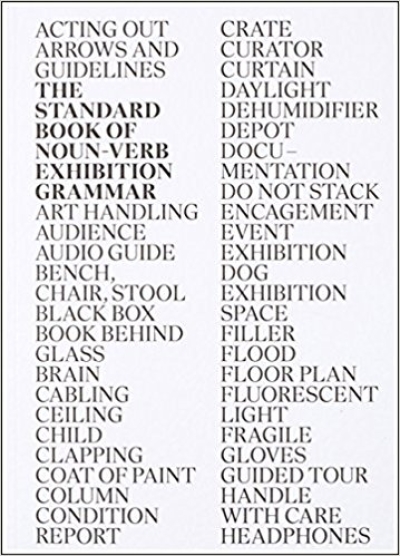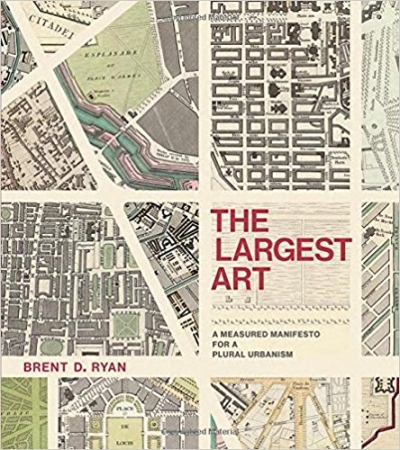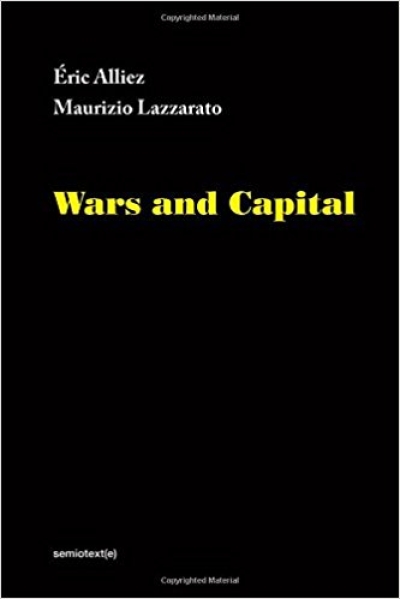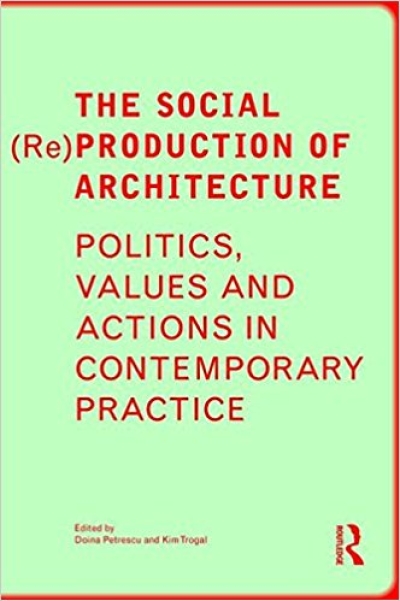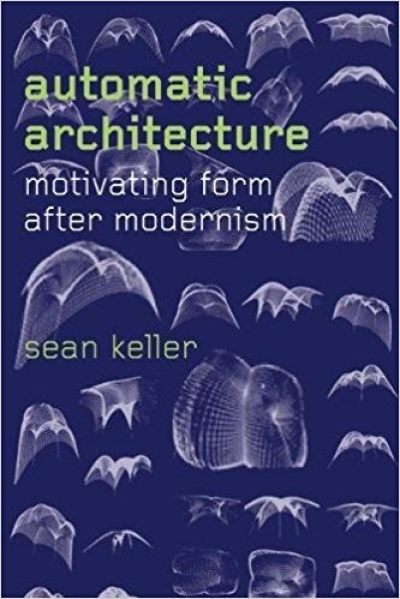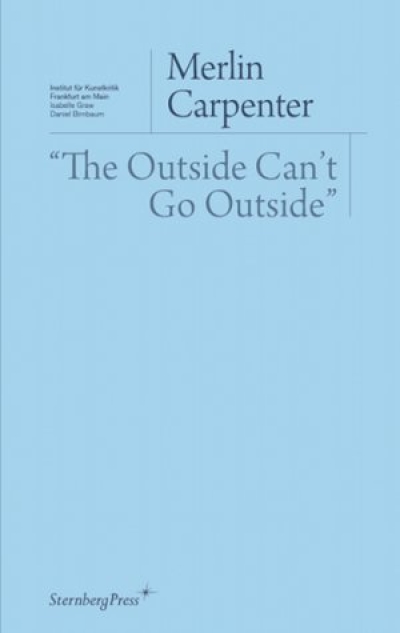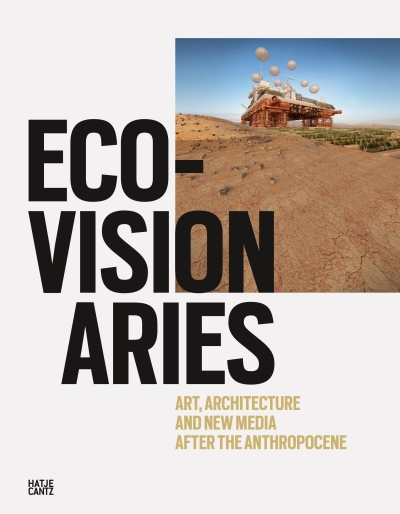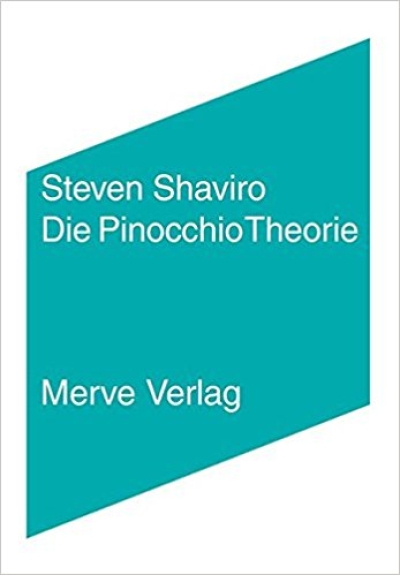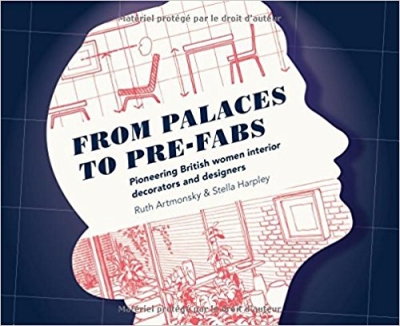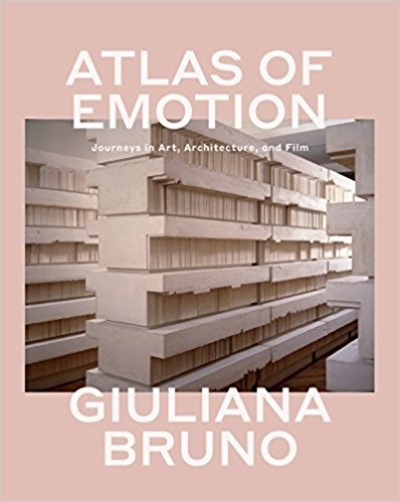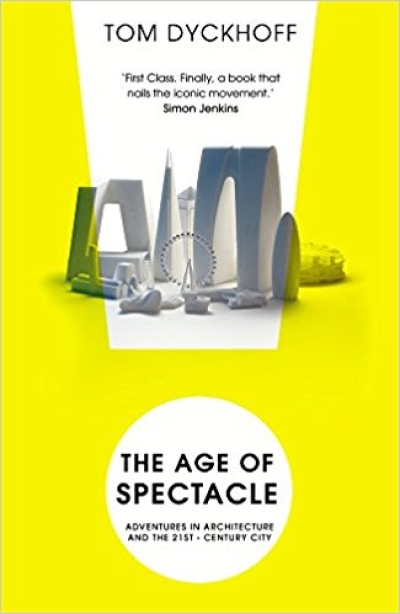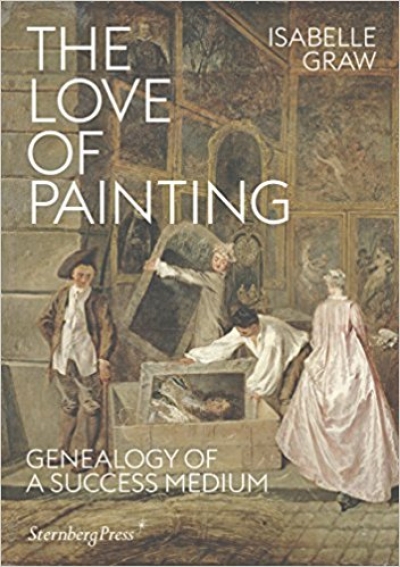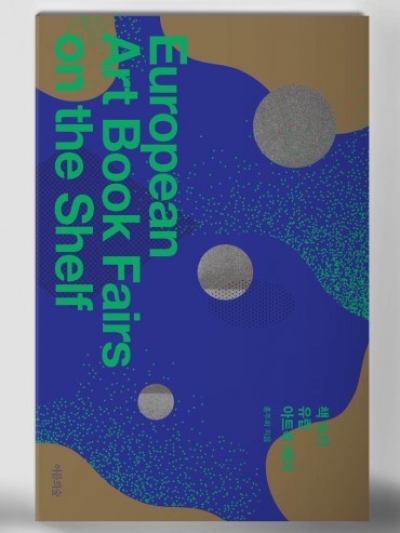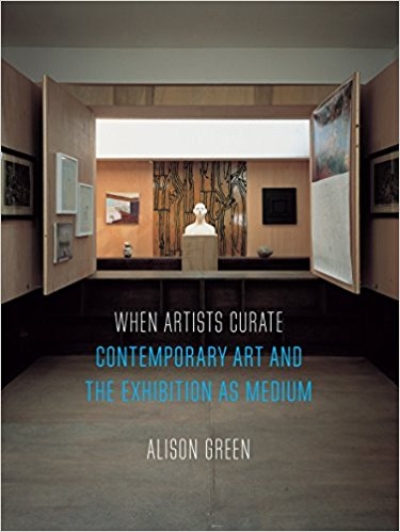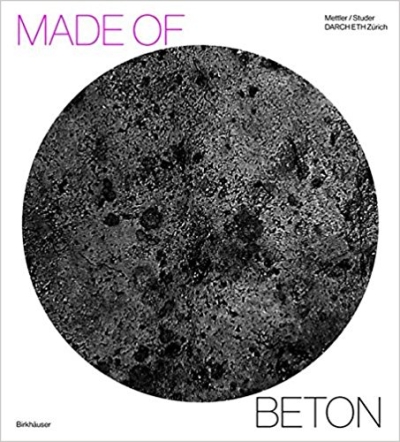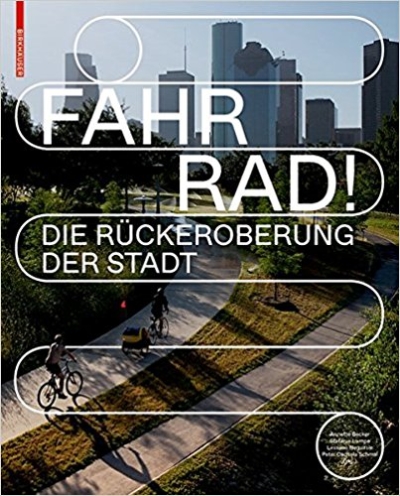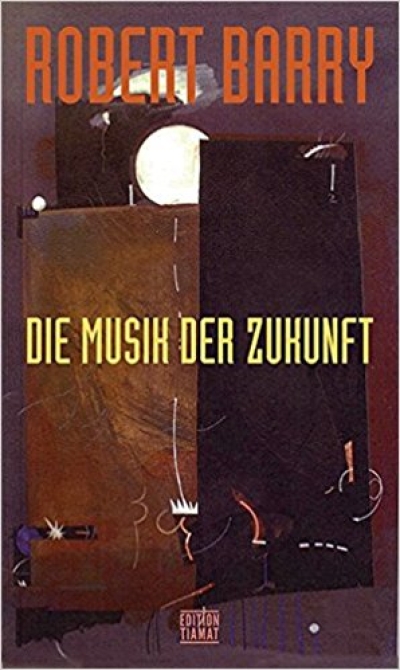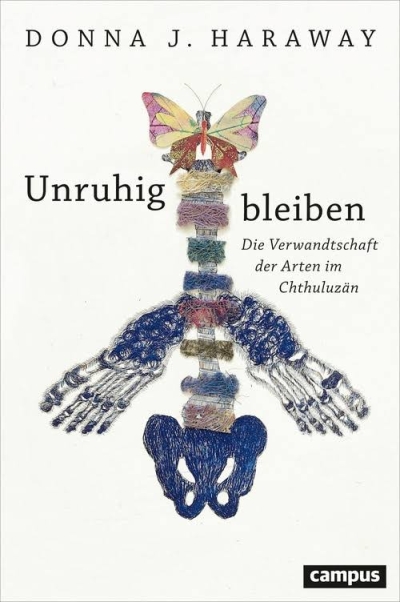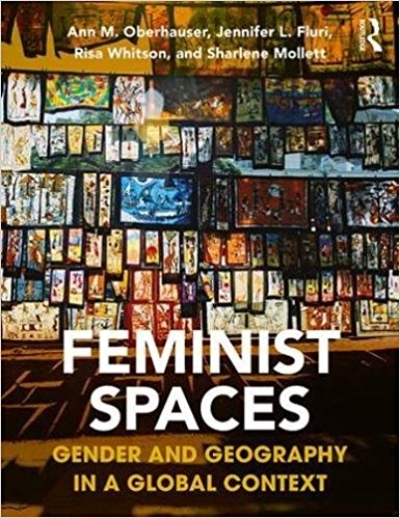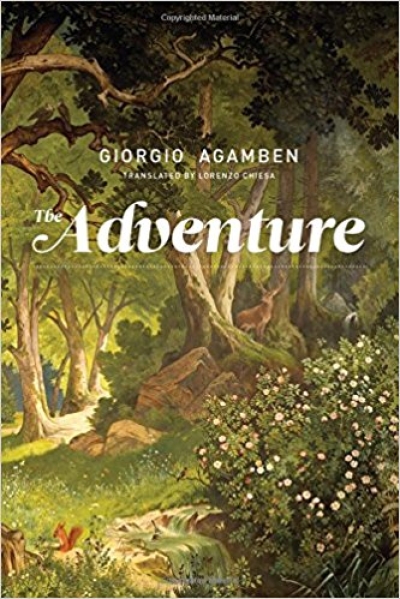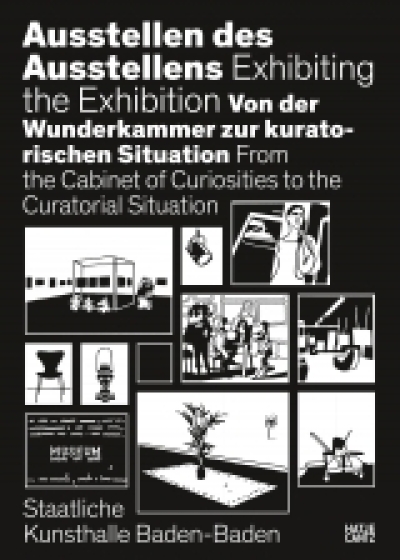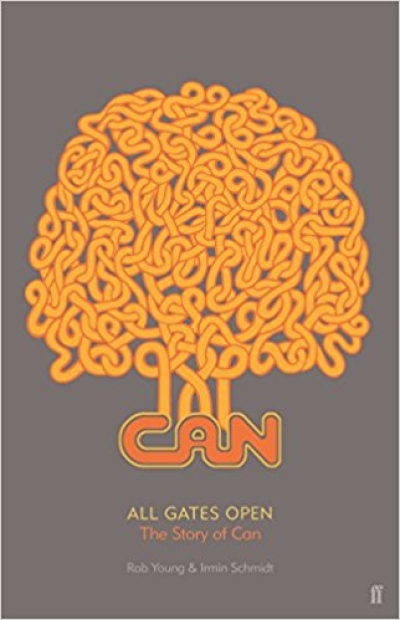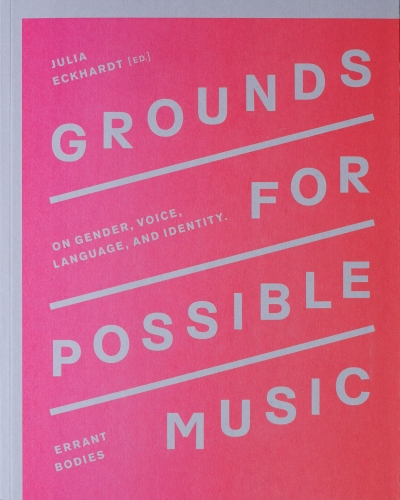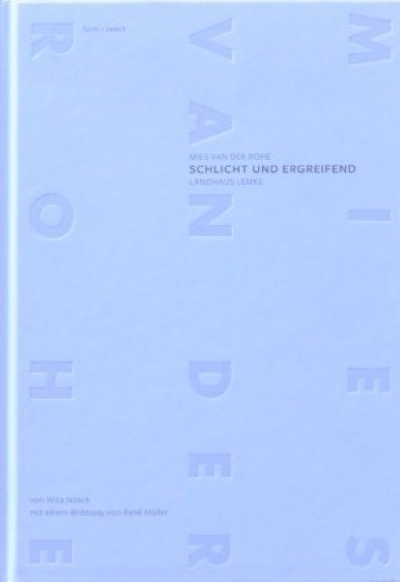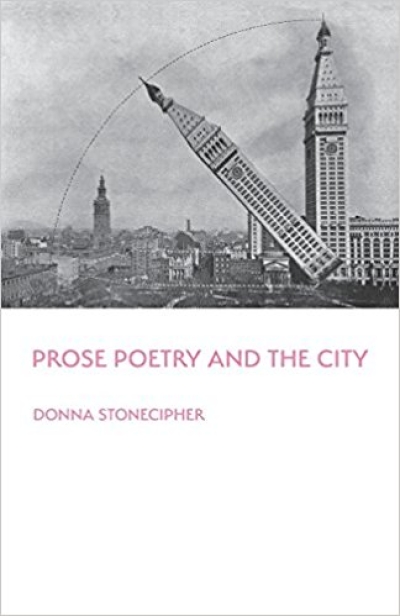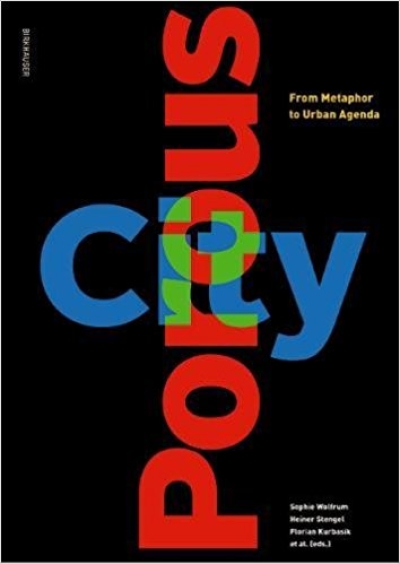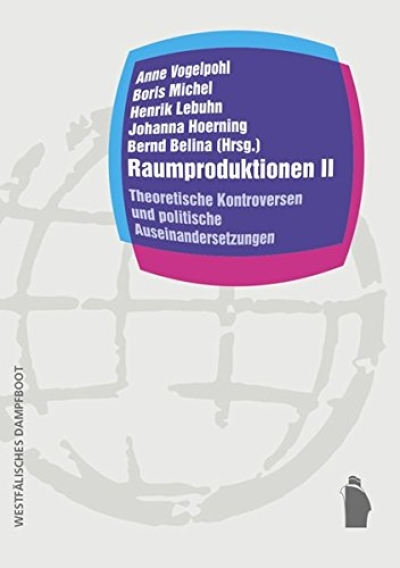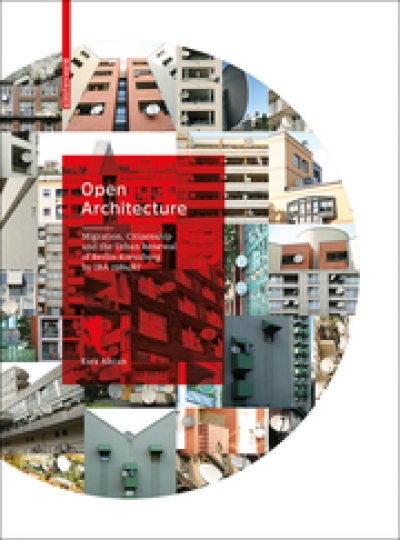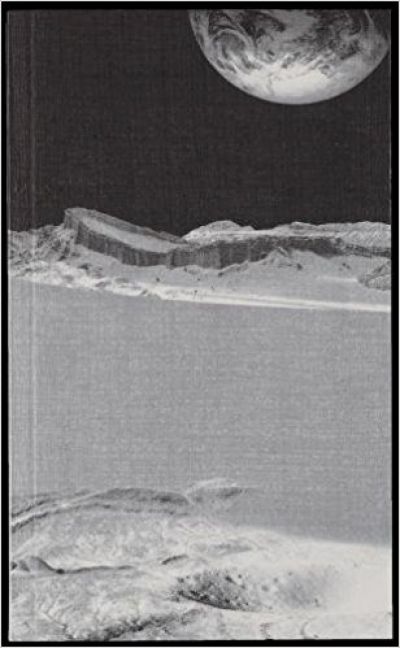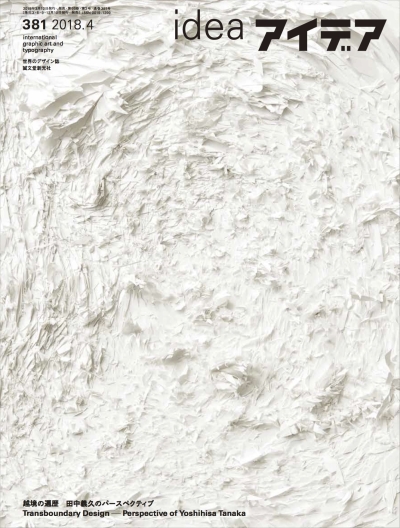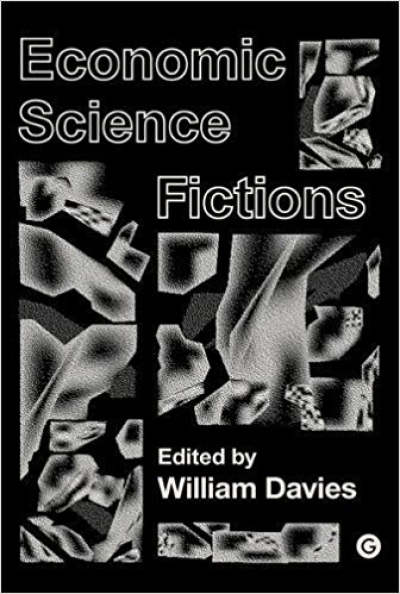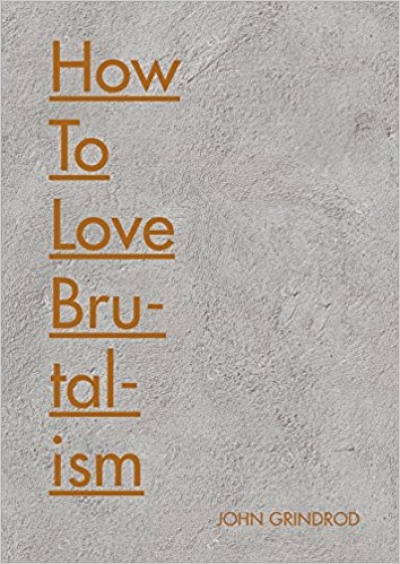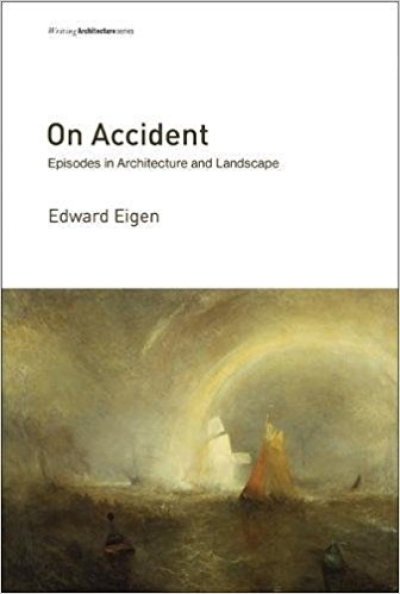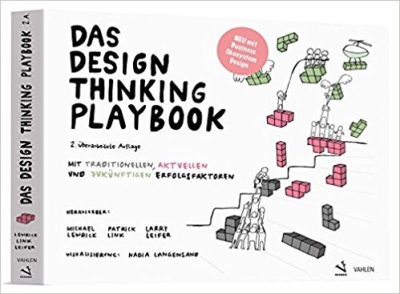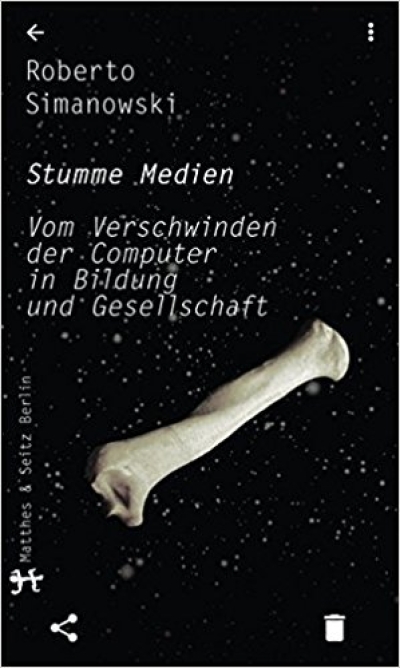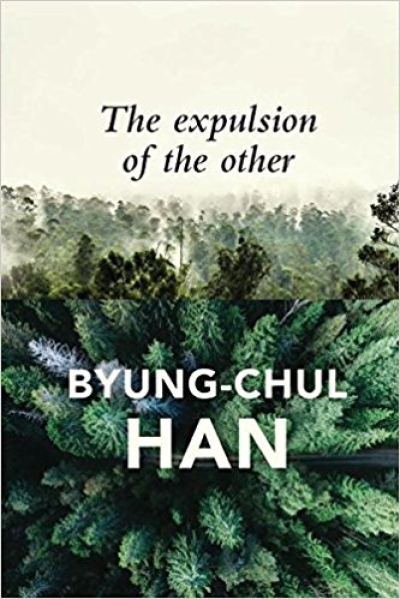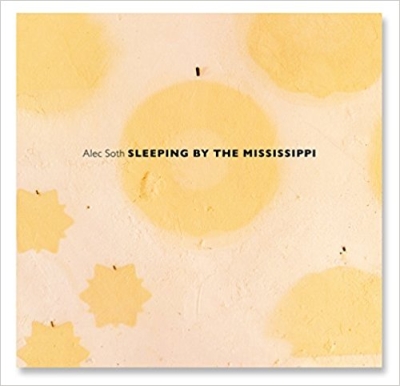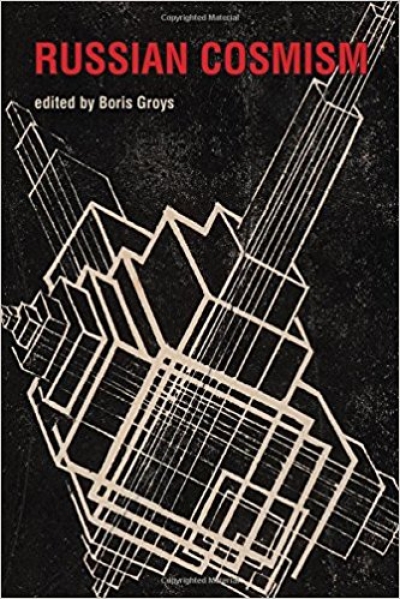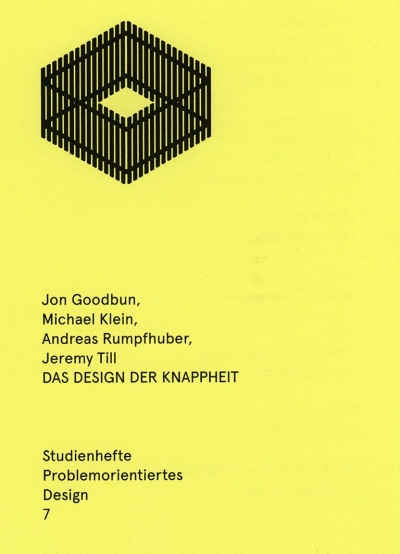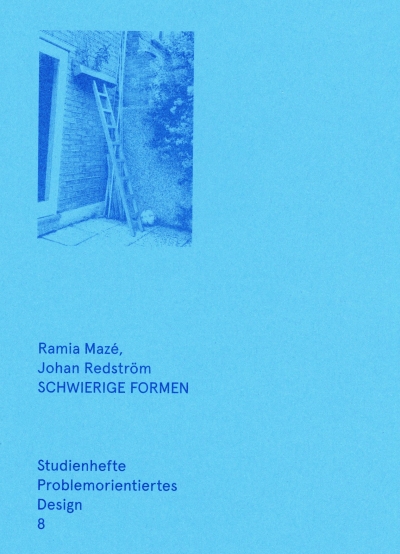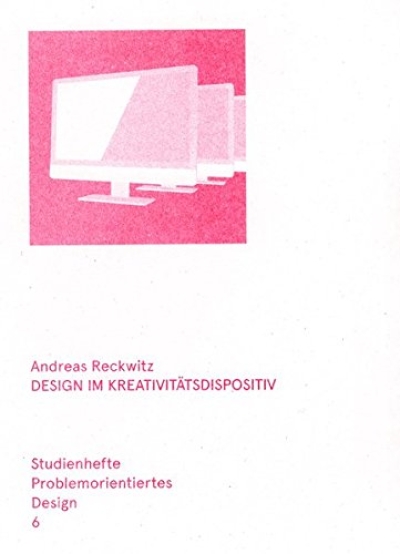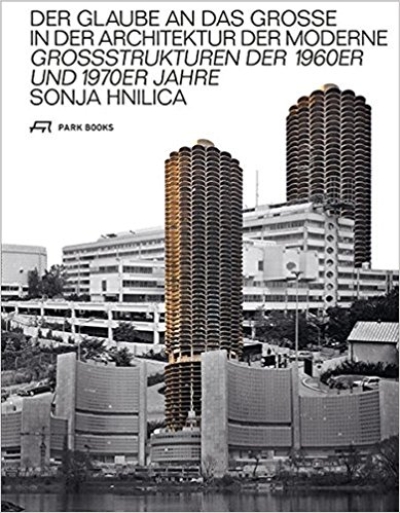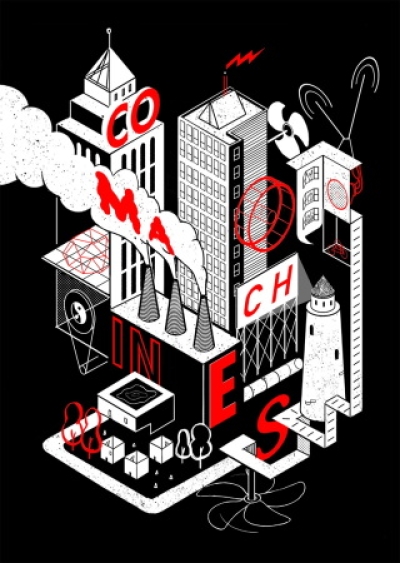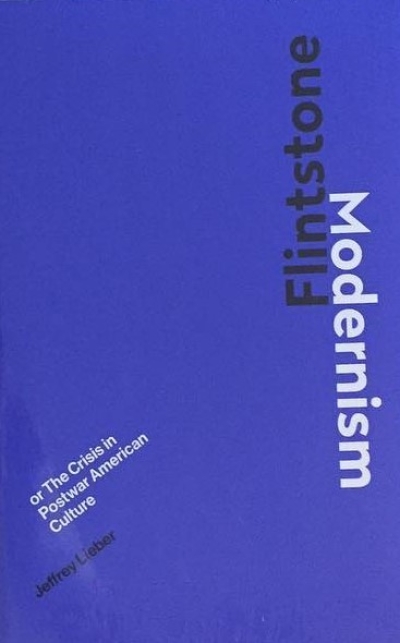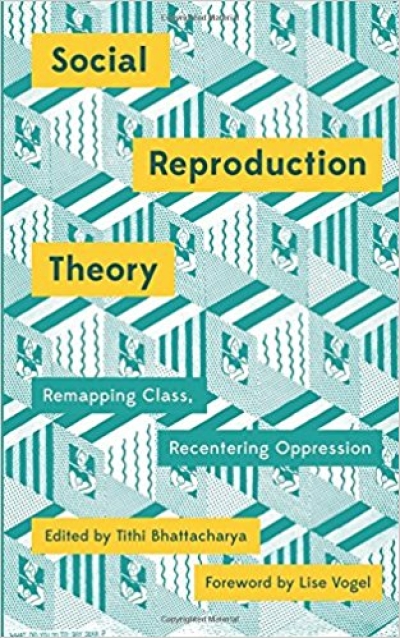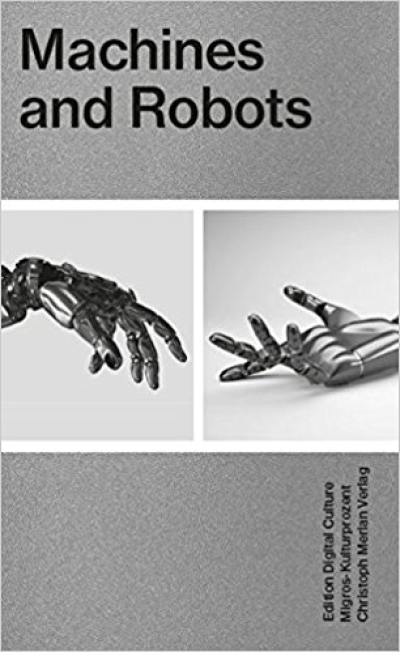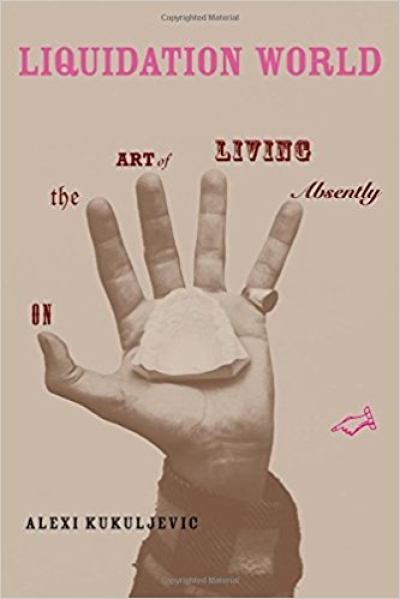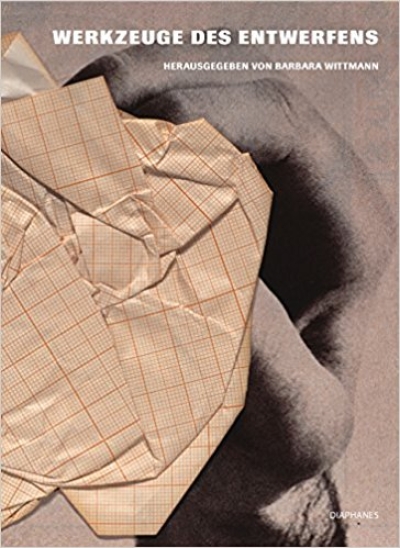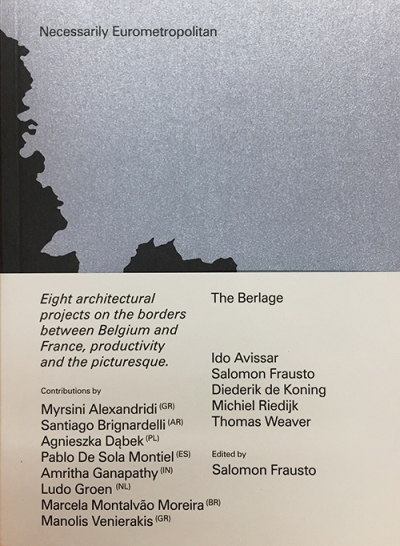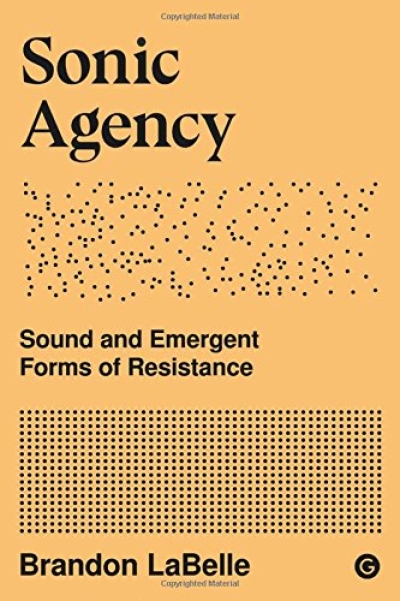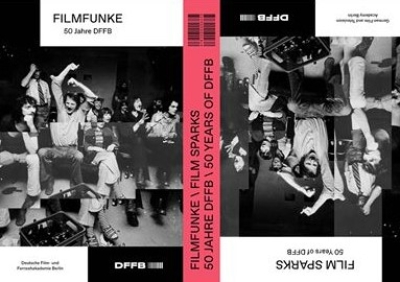gerade nicht auf Lager
Perspecta 50
Urban Divides
C. Bock, U. Pappenberger, J. Stollmann…
Das Kotti-Prinzip. Urbane Komplizenschaften zwischen Räumen…
gerade nicht auf Lager
Junya Ishigami
Freeing Architecture
gerade nicht auf Lager
Debra Benita Shaw
Posthuman Urbanism. Mapping Bodies in Contemporary City…
Geoffroy de Lagasnerie
Denken in einer schlechten Welt
Jean Molitor
bau1haus - die moderne in der welt. modernism around the…
gerade nicht auf Lager
Maura Reilly
Curatorial Activism. Towards an Ethics of Curating
Vincent Meessen
The Other Country. L'autre Pays
Sparke, Brown, Lara-Betancourt, Lee,…
Flow. Interior, Landscape, and Architecture in the Era of…
Cassim Shephard
Citymakers. The Culture and Craft of Practical Urbanism
gerade nicht auf Lager
Aileen Burns, Tara McDowell, Johan…
The Artist As Producer, Quarry, Thread, Director, Writer,…
gerade nicht auf Lager
Delft Architectural Studies on Housing
From Dwelling to Dwelling: Radical Housing Transformation
gerade nicht auf Lager
Thomas Düllo, Holger Schulze, Florian…
Was erzählt Pop?
gerade nicht auf Lager
D. Bartetzko, K. Berkemann (Hg)
märklinMODERNE: Vom Bau zum Bausatz und zurück
Niekolaas Johannes Lekkerkerk
The Standard Book of Noun-Verb Exhibition
Brent D. Ryan
The Largest Art. A Measured Manifesto for a Plural Urbanism
gerade nicht auf Lager
Éric Alliez, Maurizio Lazzarato
Wars and Capital
gerade nicht auf Lager
Doina Petrescu, Kim Trogal (Hg)
The Social (Re)Production of Architecture. Politics, Values…
Sean Keller
Automatic Architecture: Motivating Form After Modernism
gerade nicht auf Lager
Omar Kholeif
Goodbye, World! Looking at Art in the Digital Age
Merlin Carpenter
The Outside can´t go Outside
gerade nicht auf Lager
Pedro Gadanho (Ed.)
Eco-Visionaries: Art, Architecture, and New Media after the…
Steven Shaviro
Die Pinocchio Theorie
Ruth Artmonsky, Stella Harpley
From Palaces to Pre-fabs: Pioneering Women Interior…
gerade nicht auf Lager
Bruno Giuliana
Atlas of Emotion: Journeys in Art, Architecture, and Film
gerade nicht auf Lager
GRAFT Architekten, Marianne Birthler (…
Unbuilding Walls: Vom Todesstreifen zum freien Raum/From…
gerade nicht auf Lager
Tom Dyckhoff
The Age of Spectacle: The Rise and Fall of Iconic…
gerade nicht auf Lager
Isabelle Graw
The Love of Painting: Genealogy of a Success Medium
gerade nicht auf Lager
Ju Hee Hong
European Art Book Fairs on the Shelf
gerade nicht auf Lager
B. Bergdoll, J. Massey (Eds.)
Marcel Breuer: Building Global Institutions
gerade nicht auf Lager
Alison Green
When Artists Curate. Contemporary Art and the Exhibition as…
gerade nicht auf Lager
Daniel Mettler, Daniel Studer (Hg.)
Made of Beton
gerade nicht auf Lager
Deutsches Architekturmuseum (Hg.)
Fahr Rad!: Die Rückeroberung der Stadt
Jonas Mekas
Conversations with Film-Makers. Movie Journal Columns 1961…
gerade nicht auf Lager
Gigon, Guyer, Grämiger, Schlauri, Traut…
Bibliotheksbauten
gerade nicht auf Lager
Robert Barry
Die Musik der Zukunft
gerade nicht auf Lager
Donna J. Haraway
Unruhig bleiben. Die Verwandtschaft der Arten im Chthuluzän
gerade nicht auf Lager
Ann M. Oberhauser , Risa Whitson , et.…
Feminist Spaces: Gender and Geography in a Global Context
Michelle Volta
Aber jetzt… denn Lieder bewirken viel. Smareazy 002
Monika Wagner
Marmor und Asphalt. Soziale Oberflächen im Berlin des 20.…
gerade nicht auf Lager
Giorgio Agamben
The Adventure
gerade nicht auf Lager
Jan Holten (Hg.)
Ausstellen des Ausstellens: Von der Wunderkammer zur…
gerade nicht auf Lager
M. Kries, J. Eisenbrand, J. Rossi (Hg)
Night Fever. Design und Clubkultur 1960 – heute
gerade nicht auf Lager
Robert Young, Irmin Schmidt
All Gates Open: The Biography of Can
Julia Eckhardt (Ed.)
Grounds for Possible Music
gerade nicht auf Lager
Wita Noack
Mies van der Rohe. Schlicht und ergreifend. Landhaus Lemke
Donna Stonecipher
Prose Poetry and the City
gerade nicht auf Lager
Sophie Wolfrum
Porous City: From Metaphor to Urban Agenda
gerade nicht auf Lager
Anne Vogelpohl, Boris Michel, Henrik…
Raumproduktionen II. Theoretische Kontroversen und…
Esra Akcan
Open Architecture: Migration, Citizenship and the Urban…
gerade nicht auf Lager
King ADZ, Wilma Stone
This is Not Fashion: Streetwear Past, Present and Future
gerade nicht auf Lager
L. Feireiss, M. Najjar (Eds.)
Planetary Echoes. Exploring the Implications of Human…
IDEA Magazine
IDEA 381. Transboundary Design. Perspective of Yoshihisa…
gerade nicht auf Lager
William Davies (Ed.)
Economic Science Fictions
gerade nicht auf Lager
John Grindrod
How to Love Brutalism
gerade nicht auf Lager
H. Doudova, St. Jacobs, P. Rössler (Hg)
Image Factories: Infographics 1920-1945. Fritz Kahn, Otto…
gerade nicht auf Lager
Edward Eigen
On Accident. Episodes in Architecture and Landscape
gerade nicht auf Lager
Michael Lewrick, Patrick Link, Larry…
Das Design Thinking Playbook: Mit traditionellen, aktuellen…
gerade nicht auf Lager
Oxana Timofeeva
The History of Animals. An Essay On Negativity, Immanence…
gerade nicht auf Lager
Roberto Simanowski
Stumme Medien. Vom Verschwinden der Computer in Bildung und…
gerade nicht auf Lager
Byung-Chul Han
The Expulsion of the Other: Society, Perception and…
gerade nicht auf Lager
Alec Soth
Sleeping by the Mississippi
gerade nicht auf Lager
Boris Groys
Russian Cosmism
Jon Goodbun, Michael Klein, Andreas…
Das Design der Knappheit (Studienhefte Problemorientiertes…
Ramia Mazé, Johan Redström
Schwierige Formen. Kritische Praktiken im Design und in der…
Andreas Reckwitz
Design im Kreativitätsdispositiv (Studienhefte…
gerade nicht auf Lager
Sonja Hnilica
Der Glaube an das Grosse in der Architektur der Moderne:…
gerade nicht auf Lager
Alison Hugill (Ed.)
Co-machines. The Mobile Disruptive Architecture
gerade nicht auf Lager
Jeffrey Lieber
Flintstone Modernism. Or the Crisis in Postwar American…
gerade nicht auf Lager
Tithi Bhattacharya (Ed.)
Social Reproduction Theory. Remapping Class, Recentering…
Dominik Landwehr
Machines and Robots (Edition Digital Culture 5)
Alexi Kukuljevic
Liquidation World: On the Art of Living Absently
Barbara Wittmann
Werkzeuge des Entwerfens
gerade nicht auf Lager
B. Groß, H. Bohnacker, J. Laub
Generative Gestaltung: Creative Coding im Web Entwerfen,…
gerade nicht auf Lager
Salomon Frausto
Necessarily Eurometropolitan
gerade nicht auf Lager
Brandon LaBelle
Sonic Agency. Sound and Emergent Forms of Resistance
Nicolas Wackerbarth, Marcus Seibert (Hg…
Filmfunke. 50 Jahre DFFB / Film Sparks. 50 Years of DFFB
gerade nicht auf Lager
KW KunstWerke, Anna Gritz (Hg)
Judith Hopf. A Reader
gerade nicht auf Lager
Kenny Cupers, Markus Miessen (Hg)
Spaces of Uncertainty - Berlin revisited: Potenziale…
gerade nicht auf Lager
Katja Aßmann, Markus Bader, Fiona…
Explorations in Urban Practice. Urban School Ruhr Series.…
gerade nicht auf Lager
Kathleen James-Chakraborty
Modernism as Memory: Building Identity in the Federal…
gerade nicht auf Lager
Christoph Metzger
Neuroarchitektur
gerade nicht auf Lager
Rainer Hehl, Ludwig Engel (Hg)
Transtopia: Wie wir städtische Transformation gestalten
Isabell Lorey
Immer Ärger mit dem Subjekt. Theoretische und politische…
Jan de Heer, Kees Tazelaar
From Harmony to Chaos - Le Corbusier, Varese, Xenakis. and…
gerade nicht auf Lager
a+t 49
Complex Buildings. Dwelling Mixers
gerade nicht auf Lager
Glenn Phillips, Phillip Kaiser, Doris…
Harald Szeemann. Museum der Obsessionen
gerade nicht auf Lager
Fred Moten
Black and Blur (Consent Not to Be a Single Being)
gerade nicht auf Lager
Philipp Oswalt (Ed.)
Flying Plaza. Work Journal. The artist practice of Studio…
gerade nicht auf Lager
Holger Schulze
The Sonic Persona. An Anthropology of Sound
gerade nicht auf Lager
Maurizio Lazzarato
Experimental Politics: Work, Welfare, and Creativity in the…
Anitra Nelson
Small is Necessary. Shared Living on a Shared Planet
Lorenzo Ciccarelli
Renzo Piano Before Renzo Piano
Diane Barbé, Anne-Katrin Fenk, Rachel…
Things Don’t Really Exist Until You Give Them a Name:…
gerade nicht auf Lager
Jennifer Liese (Ed.)
Social Medium: Artists Writing, 2000 - 2015
gerade nicht auf Lager
P. Brugellis, G. Pettena, A. Salvadori…
Radical Utopias - Archizoom, Buti, 9999, Pettena,…
MoneyLab
Reader 2: Overcoming the Hype
Museum Marta Herford (Hg.)
Max Bill: ohne Anfang, ohne Ende. No Beginning, No End
